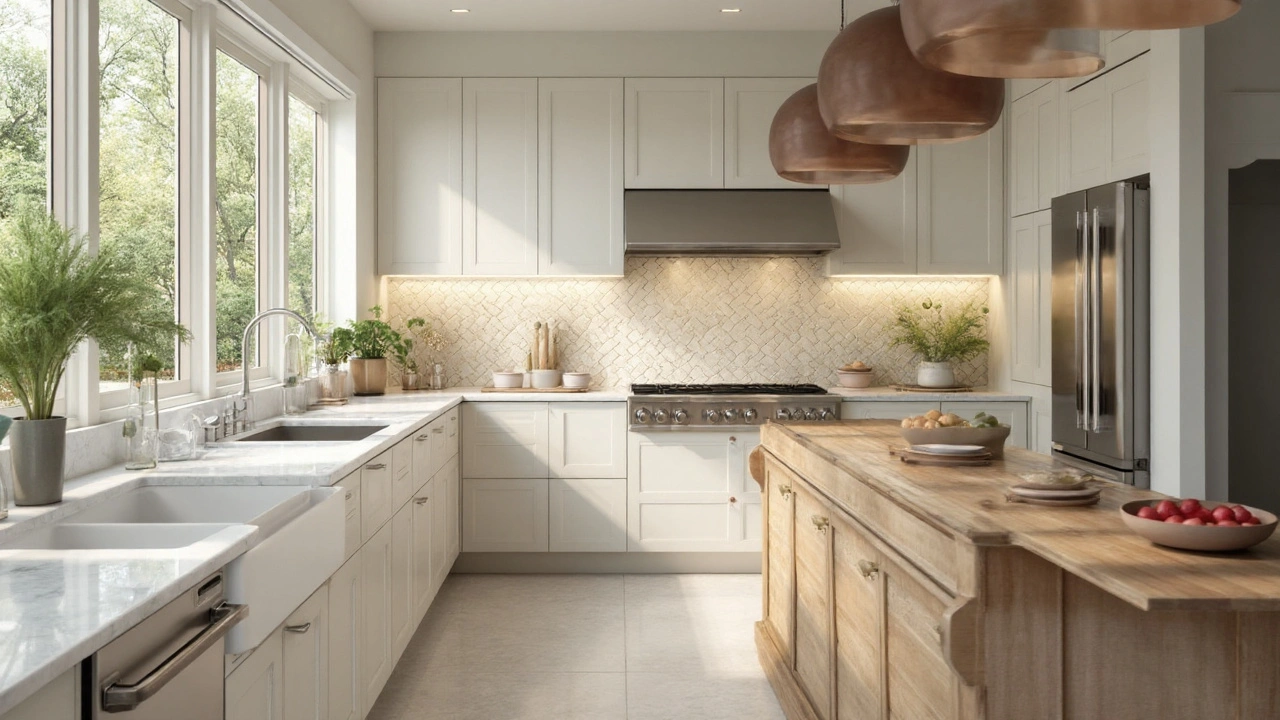Flooring Options – Simple Guide to Choose the Right Floor
Thinking about new floors? You’re not alone. A fresh floor changes how a room feels, looks and even how you move around in it. The key is picking a surface that fits your budget, lifestyle and style. Below you’ll find the main options, why they matter and simple steps to decide what works best for you.
Types of Flooring You’ll Meet
Laminate – Looks like wood or stone but is made from layered boards. It’s cheap, easy to install and resistant to scratches. Great for high‑traffic areas such as living rooms and kids’ play zones.
Engineered hardwood – Real wood veneer on top of a stable core. It feels warm and authentic like solid hardwood but handles changes in humidity better. Ideal for basements or places where you want a classic look without the high price of solid planks.
Solid hardwood – One solid piece of wood per board. It can be sanded and refinished many times, so it ages well. Best for main living areas where you can afford the cost and occasional maintenance.
Tile (ceramic or porcelain) – Hard, water‑proof and available in countless colors and patterns. Perfect for bathrooms, kitchens and entryways. It stays cool in summer and can handle heavy foot traffic.
Vinyl – Comes as sheets, planks or tiles with a printed image that mimics wood, stone or concrete. Modern vinyl is durable, waterproof and softer underfoot than tile. A good pick for basements, laundry rooms or budget‑friendly remodels.
Carpet – Soft, warm and silent under shoes. It’s a cozy choice for bedrooms and family rooms, but it stains easily and needs regular cleaning.
How to Pick the Best One for Your Home
1. Set a realistic budget. Laminate and vinyl usually stay under $3 per square foot, while hardwood can climb above $10. Tile sits in the middle, depending on the material.
2. Think about moisture. Bathrooms, kitchens and basements need water‑resistant surfaces. Tile, vinyl and engineered wood handle wet spots better than solid hardwood.
3. Consider traffic flow. High‑traffic rooms benefit from hard, scratch‑resistant floors like laminate, tile or engineered wood. Low‑traffic rooms can afford softer options like carpet.
4. Match your style. If you love a natural look, go for hardwood or engineered wood. For modern vibes, large‑format tile or patterned vinyl works well. Look at the colors and patterns you already have – a floor should tie the room together, not clash.
5. Check installation ease. DIY‑friendly choices include click‑lock laminate, vinyl planks and some peel‑and‑stick tiles. If you’re not comfortable with tools, hiring a pro for hardwood or tile is wise.
6. Plan for maintenance. Hardwood needs occasional refinishing, tile grout may need cleaning, and carpet requires regular vacuuming. Choose a floor you’re ready to care for.
7. Take samples home. Most stores let you grab a small piece. Put it in the room, look at it in natural and artificial light, and walk on it. If it feels right, you probably found a winner.
By answering these quick questions, you’ll narrow down the endless list of flooring options to the one that fits your life. Remember, a good floor lasts years, so it’s worth spending a little time now to get it right.
Ready to start? Grab a measuring tape, set a budget, and head to your nearest home‑improvement store. The right floor is waiting – you just have to pick it.

What Is Ghost Tile? A Practical Guide to This Invisible Flooring Trend
Discover what ghost tile is, how it differs from traditional tiles, its installation, design benefits, maintenance tips, and when to choose it for your home.
view more